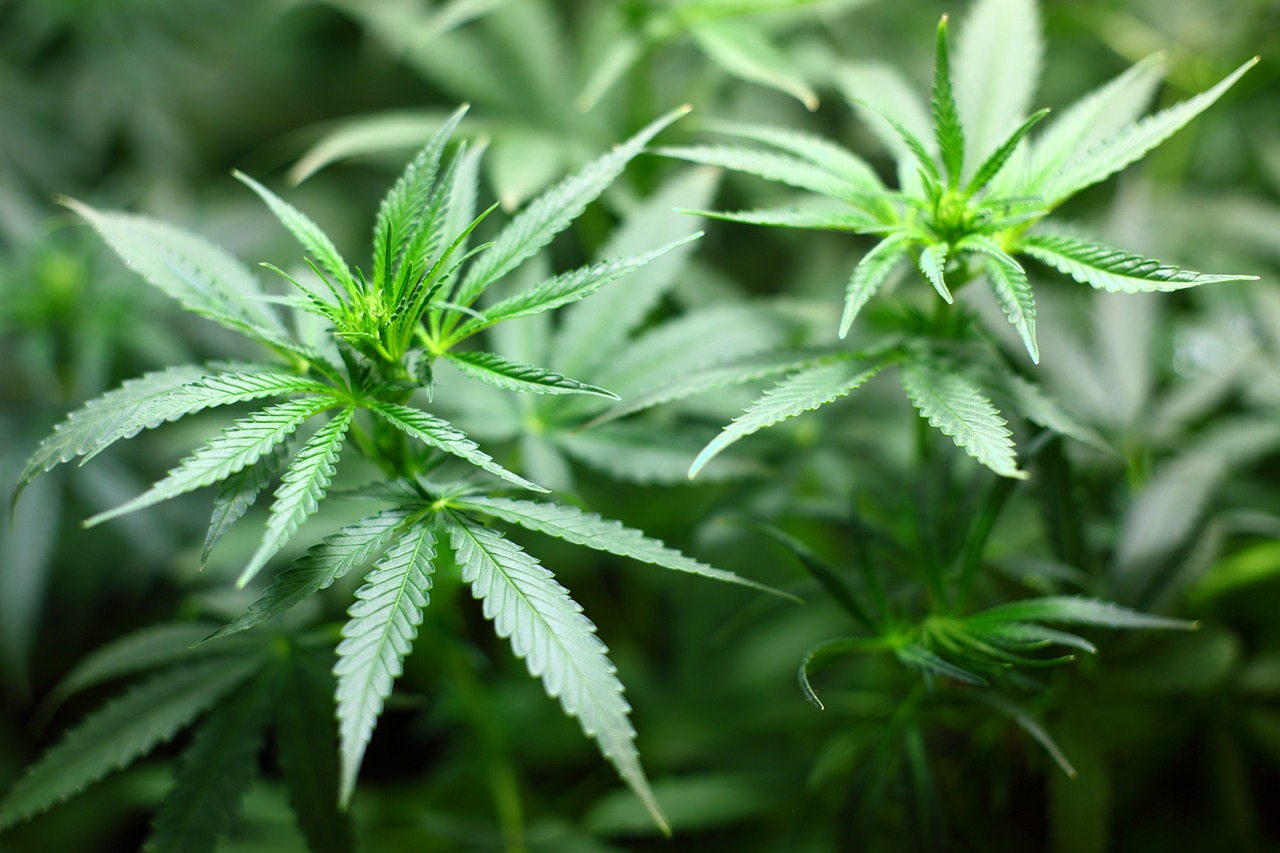Did you know that the global legal cannabis market is projected to reach $97.35 billion by 2026? Understanding cost accounting is vital for cannabis, CBD, and hemp businesses to thrive in this booming industry. By unraveling the complexities of cost components, allocation methods, inventory valuation, costing systems, cost control strategies, and financial analysis tailored to these unique sectors, you can gain a competitive edge. Explore how mastering cost accounting can help your cannabis, CBD, or hemp business navigate the financial landscape with precision and profitability.
Key Takeaways
- Cost accounting enhances profitability and competitive pricing.
- Cost components include production, labor, supply chain, and overhead expenses.
- Cost allocation methods like ABC and overhead allocation ensure accurate pricing.
- Inventory valuation techniques like Weighted Average and LIFO impact business decisions.
Importance of Cost Accounting
Understanding the importance of cost accounting is crucial for cannabis, CBD, and hemp businesses seeking financial clarity and strategic decision-making. Cost efficiency analysis and profit margin evaluation are fundamental in determining the viability and sustainability of your operations. By analyzing costs incurred in production, distribution, and sales, you can identify areas for improvement and implement strategies to enhance profitability. Effective pricing strategies rely on accurate cost data to ensure that your products remain competitive in the market while maintaining healthy profit margins. Budget management is another key aspect where cost accounting plays a pivotal role. It helps in setting realistic financial goals, allocating resources efficiently, and monitoring expenses to avoid overspending. With a thorough understanding of cost accounting principles, you can make informed decisions that drive growth and success in the competitive cannabis, CBD, and hemp industry.
Cost Components in Cannabis Industry
To effectively manage your cannabis business’s finances, it is essential to dissect and analyze the intricate cost components specific to the industry. Understanding the production expenses, labor costs, supply chain intricacies, and overhead expenses is crucial for making informed financial decisions. Here is a breakdown of the key cost components in the cannabis industry:
| Cost Component | Description | Example |
|---|---|---|
| Production Expenses | Costs directly related to cultivation, extraction, or manufacturing processes. | Costs of seeds, nutrients, equipment. |
| Labor Costs | Expenses associated with the workforce involved in various stages of production. | Salaries of trimmers, budtenders. |
| Supply Chain | Costs related to sourcing raw materials, transportation, and distribution. | Transportation fees, packaging costs. |
| Overhead Expenses | Indirect costs necessary for operations but not directly tied to production. | Rent, utilities, administrative salaries. |
Cost Allocation Methods
For effective financial management in the cannabis industry, implementing appropriate cost allocation methods is essential to accurately assign expenses to various aspects of your business operations. Activity-based costing (ABC) is a highly effective method that involves identifying activities within your business and allocating costs based on the resources each activity consumes. By using ABC, you can gain a clearer understanding of the true costs associated with producing cannabis, CBD, or hemp products.
Overhead allocation is another crucial aspect of cost allocation methods. Overhead costs, such as rent, utilities, and administrative expenses, need to be allocated to specific products or services in a way that reflects their actual usage. This ensures that your pricing strategies are based on accurate cost information, leading to more informed decision-making.
Inventory Valuation Techniques
Utilize appropriate inventory valuation techniques to accurately assess the value of your cannabis, CBD, or hemp products within your business operations. When it comes to managing your inventory, implementing the right valuation methods is crucial for maintaining financial accuracy and making informed business decisions. Here are two key techniques commonly used in the cannabis, CBD, and hemp industries:
-
Weighted Average: This method calculates the average cost of all units in inventory, considering both the cost of new inventory purchases and the cost of existing inventory. It provides a more balanced cost representation, especially when prices fluctuate.
-
LIFO Method (Last In, First Out): With this approach, the most recently acquired inventory is considered to be the first sold. This method can be beneficial during inflationary periods as it can result in lower taxable income.
Costing Systems for CBD Businesses
Implementing a cost-effective costing system is imperative for CBD businesses to accurately track and manage their expenses. When it comes to costing methods, CBD businesses can opt for specific identification, average costing, or FIFO to allocate costs to their products. These methods play a crucial role in determining the cost of goods sold and ultimately impact the company’s profit margins.
Pricing strategies are another vital aspect to consider. Conducting a thorough competition analysis can help CBD businesses set competitive prices while ensuring profitability. Understanding the market dynamics and consumer behavior is key to implementing effective pricing strategies that attract customers without compromising on profit margins.
Cost Control Strategies
To enhance cost control in your CBD business, implementing robust monitoring systems and analyzing key cost drivers is essential for optimizing efficiency and profitability. When it comes to cost control strategies, there are key actions you can take:
-
Budget Management: Develop detailed budgets that outline your anticipated expenses and revenue streams. Regularly compare actual financial performance against these budgets to identify any discrepancies and make necessary adjustments promptly.
-
Expense Reduction: Conduct a thorough analysis of your expenses to identify areas where cost-saving measures can be implemented without compromising product quality or customer satisfaction. This could involve negotiating better supplier deals, optimizing production processes, or exploring alternative distribution channels.
-
Continuous Monitoring: Establish a system for ongoing monitoring of your costs and financial performance. Regularly review your cost control strategies and make adjustments as needed to ensure your business remains on track to achieve its financial goals. By proactively managing your costs, you can drive profitability and long-term success in the competitive CBD market.
Financial Analysis for Hemp Companies
For effective financial analysis in the hemp industry, understanding key performance indicators and utilizing industry-specific metrics is crucial for informed decision-making and sustainable growth. Profit margins play a vital role in assessing the financial health of hemp companies. By calculating profit margins, you can gauge how efficiently your business is generating profits from its revenue. Pricing strategies are equally important in financial analysis. Proper pricing can impact profitability, market positioning, and overall competitiveness. Analyzing pricing strategies allows you to optimize revenue streams and ensure that your products are priced competitively in the market. Moreover, monitoring pricing trends and adjusting strategies accordingly can help maximize profitability. By conducting a comprehensive financial analysis that includes evaluating profit margins and pricing strategies, you can make data-driven decisions that drive the success of your hemp business. Remember, staying informed about industry benchmarks and trends is key to maintaining a competitive edge in the hemp market.
Frequently Asked Questions
How Does Cost Accounting Help Cannabis, CBD, and Hemp Businesses Make Strategic Decisions in a Highly Competitive Market?
Cost accounting provides crucial insights for your cannabis, CBD, or hemp business to thrive in a fierce market. By analyzing costs, you can fine-tune pricing strategies, ensuring competitive market positioning. Through competitor analysis and benchmarking, you gain a strategic edge, making informed decisions to outperform rivals. This precision in understanding expenses and revenues empowers you to navigate the competitive landscape effectively, ultimately leading to sustained growth and success.
What Are Some Common Challenges Faced by Cannabis, CBD, and Hemp Businesses When It Comes to Cost Components and Allocation?
When it comes to cost components and allocation, cannabis, CBD, and hemp businesses often face challenges such as fluctuating prices of raw materials, regulatory compliance costs, and accurately tracking overhead expenses. Solutions include implementing robust cost accounting systems, conducting regular cost analysis, and optimizing production processes to reduce waste. By addressing these challenges head-on, businesses can enhance their financial performance and make more informed strategic decisions in the competitive market.
How Do Inventory Valuation Techniques Differ Between Cannabis, CBD, and Hemp Businesses Compared to Other Industries?
When it comes to inventory valuation techniques in the cannabis, CBD, and hemp industries, the focus is on specialized approaches due to regulatory and market volatility. Inventory management is crucial, requiring pricing strategies that adapt to changing demands. Cost control is paramount for profitability analysis, necessitating accurate valuation methods. Understanding these nuances is key to optimizing operations and financial performance in these unique sectors.
What Are the Key Factors to Consider When Implementing Costing Systems for CBD Businesses to Ensure Accuracy and Efficiency?
To ensure costing accuracy and improve efficiency in your CBD business, key factors include establishing clear cost allocation methods, tracking production costs meticulously, and implementing robust inventory management systems. Utilize activity-based costing to assign costs accurately, optimize production processes to enhance efficiency, and integrate cost accounting software for streamlined operations. By focusing on these aspects, you can elevate your costing systems to meet the unique demands of the CBD industry.
How Can Financial Analysis Help Hemp Companies Identify Areas for Cost Reduction and Improve Overall Profitability?
To improve profitability, financial analysis helps hemp companies pinpoint cost reduction opportunities and enhance overall financial performance. By dissecting the cost structure, you can identify areas to streamline expenses and boost profits. Implementing cost control strategies based on this analysis can lead to increased efficiency and profit maximization. Through rigorous financial analysis, you gain insights that drive smart decision-making and optimize your business’s bottom line.


